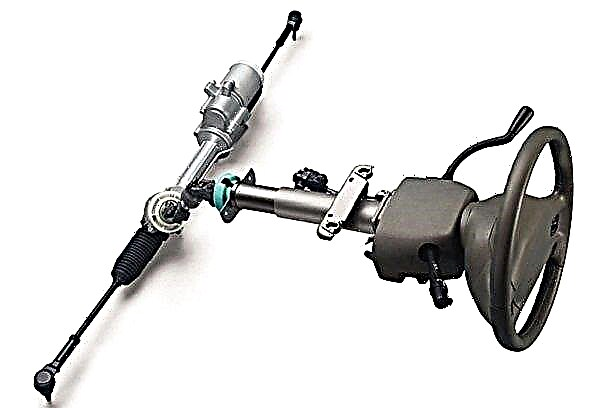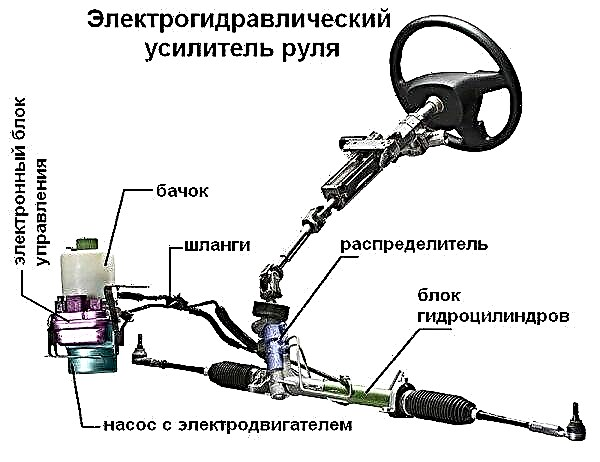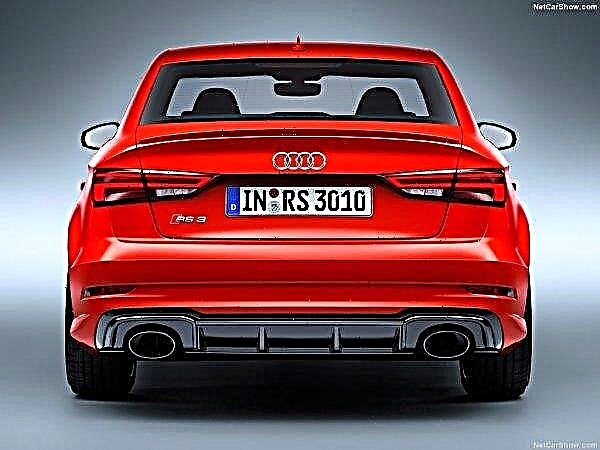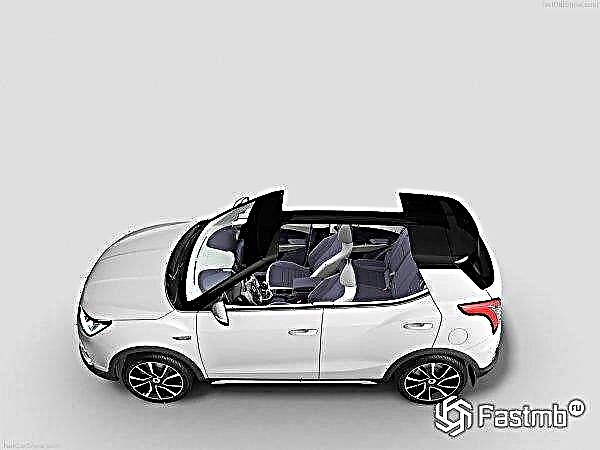
The content of the article:
- What is power steering for?
- Hydraulic booster
- Electro-hydraulic installation
- Electric amplifier
- Comparative functions
If the driver spent as much effort on steering as it actually takes to turn the front wheels, then the process itself would not only not bring pleasure, but it would hardly be possible at all.
Of course, in order to make it easier for a car enthusiast to use the steering, there are various kinds of devices that enhance the turning movements of the steering wheel made by the driver's hands. These devices are about power steering systems, and will be discussed in this article.
What is power steering for?

Good power steering not only relieves the physical strain on the driver's hands, but also protects the steering system from bumps that arise from a poor-quality road. In addition, the driver can use the power steering to easily hold the car in place if the tires on the front axle are damaged.
It is impossible to imagine a modern car without this useful device.
Power steering devices can be divided into the following categories: electric boosters, electro-hydraulic, and hydraulic.
The simplest and most time-tested are hydraulic power steering devices. They first appeared in the United States in the middle of the 20th century. This invention turned out to be so reliable and, accordingly, in demand that it has retained its relevance to this day.
In the 90s of the last century, steering amplifiers of a new generation appeared - electro-hydraulic, which proved to be far from the worst. However, progress did not stand still, and already in our new 21st century, the world got acquainted with electric power steering.
All three types of power steering models have a right to exist, since each of them has its own advantages. Let's consider each variety separately.
Hydraulic booster

Every educated person is familiar with the general principle of hydraulics since school. If you explain on the fingers, then let's say this: take two communicating tubular vessels, one of which has a wide diameter, and the other is narrow. The vessels are filled with liquid. After that, the piston creates pressure in a vessel of narrow diameter, which is why the pressure force increases many times in the wide part of the vessel. That's the whole principle, which is widely used both in mechanical engineering and in other industries.
The hydraulic booster works as follows: the hydraulic pump activates the hydraulic motor, resulting in oil pressure in the hydraulic system. This pressure, according to the principle of a chain reaction, begins to act on the steering rack piston, greatly facilitating the rotation of the steering wheel.
Benefits of a hydraulic booster:
- facilitating maneuvering by reducing the steering gear ratio;
- damping shock to the steering wheel from uneven road;
- fixing the steering wheel in extreme situations;
- safety in the event of a breakdown of the hydraulic booster;
- precise and "obedient" control.
Disadvantages of a hydraulic booster:
- a continuously working hydraulic engine significantly increases fuel consumption;
- unreliable hydraulic lines can cause leaks;
- increased complexity of the hydraulic booster device.
The hydraulic booster consists of the following components:
- pump;
- hydraulic cylinder;
- connecting tubes;
- distributor;
- butter.
Electro-hydraulic booster

The device of the electrohydraulic booster in principle of operation largely corresponds to the principle of operation of the hydraulic booster. However, there is a difference, and it is quite beneficial for the driver, because such power steering provides fuel savings of more than one liter per 100 kilometers.
The fact is that the hydraulic pump is not driven by the car engine, but is started in time by the electric motor exactly when it is needed. This need arises when turning the steering wheel. As soon as the driver begins to turn the steering wheel, the electric motor turns on, which rotates from the generator, and the pump starts functioning from the electric motor.
The advantages of such a power steering:
- informativeness;
- accuracy;
- fuel economy;
- efficiency.
Disadvantages: the electro-hydraulic amplifier can fail in the event of a breakdown in electrical equipment and in case of failures in electronics.
Electric amplifier

This mechanism enhances the steering wheel turn using a specially developed electric drive. Since this is the most recent version of the power steering, it is most often found in many new cars.
The principle of operation of the electric booster is ingeniously simple: any rotational movement of the steering wheel is recorded by special sensors, which immediately transmit the corresponding impulse to the electronic control unit. There, the signal is processed and then sent to the electric motor, which helps the driver to rotate the steering shaft.
Thanks to the electric power steering, the driver can:
- effortlessly and completely safe to turn the car at low and high speeds;
- return the front wheels to the middle position;
- easy to fix the wheels in the middle position.
Advantages of the electric steering gear:
- small dimensions;
- convenient regulation and simplified setup process;
- lack of a hydraulic system;
- energy saving;
- fuel efficiency.
The disadvantages of an electric amplifier are common with the disadvantages of electro-hydraulic steering amplifiers - the failure of the device as a result of extreme situations. Such situations arise when the control unit malfunctions, voltage drops in electrical equipment, as well as poor-quality contacts on the terminals. In this type of malfunction, the amplifier's electric motor is de-energized, and an equipment malfunction signal is sent to the dashboard.
It should be noted that driving will not be particularly affected, although inexperienced drivers can be discouraged. But do not be afraid of such situations, or the cars themselves with an electric power steering: manufacturers give a reliable guarantee of safety.
The constituent elements of the electric amplifier are:
- control system;
- mechanical transmission;
- electric motor.
Comparative functions

The most popular and demanded among motorists are hydraulic boosters and electric power steering. These two types of power steering have their own advantages and disadvantages, therefore, in this regard, we will analyze each amplifier separately.
The hydraulic booster is quite complex. It takes up too much space under the hood of the car, and, as you know, free space in the car is already in short supply.
If the hydraulic system breaks down, driving becomes completely impossible - this is a rather serious drawback. In addition, the hydraulic booster is forced to work continuously, and therefore there is no need to talk about fuel economy. And, finally, servicing a hydraulic booster is much more expensive than, for example, an electric booster.
The electric power steering has a simpler mechanism and, accordingly, is simpler and cheaper to maintain. It's profitable.
As we have already said, if the hydraulics of the hydraulic drive are faulty, the movement of the car is impossible.
But if the electric amplifier breaks down on the road, the situation will not be so hopeless: it will still be possible to steer the car. The only inconvenience in this case is that the driver will have to put much more effort when turning the steering wheel, but for an extreme case, this is not such a big problem.
In addition, there are no hydraulic hoses, gaskets, fluid and oil seals in the electric booster device itself, which saves the driver from unnecessary problems. There is no need to talk about fuel economy with an electric amplifier at all: the device operates from an electric generator and has nothing to do with fuel consumption at all.
Conclusion
Based on the above facts, it is worth concluding that it is the electric power steering that is the most convenient and most reliable. But this does not mean at all that literally all motorists who have not yet made their choice after reading this article should immediately purchase electric amplifiers.
It should be noted that such devices for power steering may not be convenient for all drivers. Some car enthusiasts believe that electric power steering is not very informative. But, I must say that this drawback is not very large, and the advantages that exist fully compensate for it.
Electric amplifiers still have a fairly high degree of efficiency, economy and reliability. Therefore, one must think, the future will remain with them.











